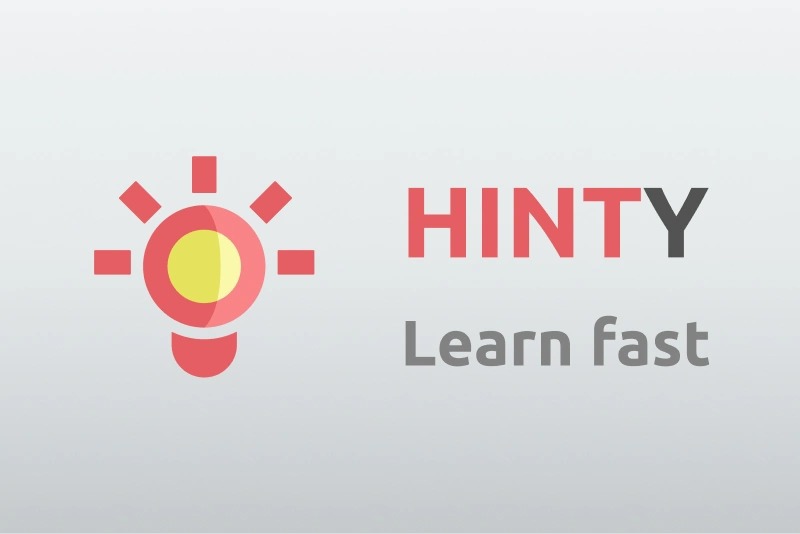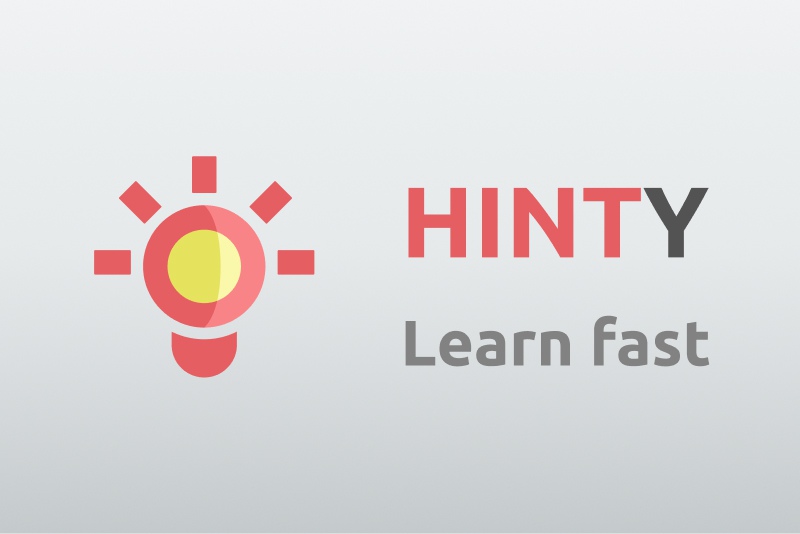How to become a Genius: Just do notes!
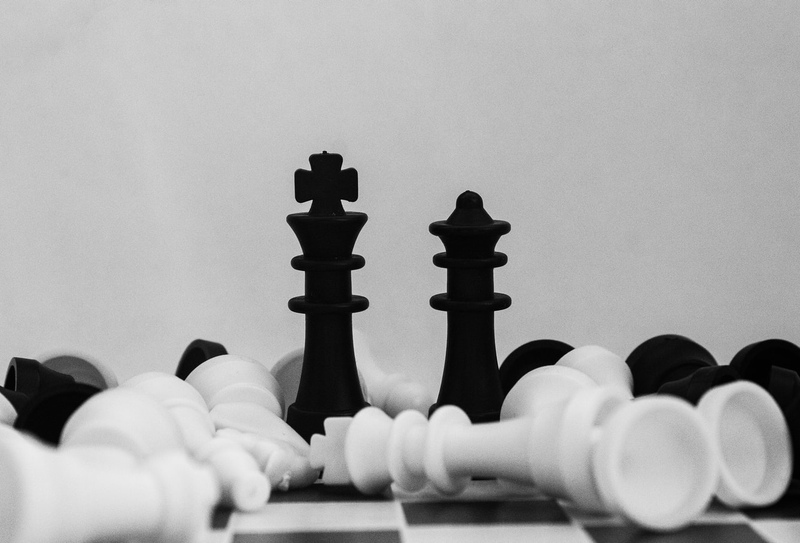
To become a genius, you need to know stuff, a LOT of stuff. But how can one human mind possibly remember everything that is read or taught? There are approximately 4.54 billion pages on the internet, children spend 6,000 hours a year in education and 90,000 hours of an adult’s life is spent at work. That’s a lot of information to remember! When you think about some of the biggest geniuses of all time names such as Elon Musk, Albert Einstein, Charles Darwin may come to mind. The thing is they all have one thing in common, apart from having a high level of smartness, they took notes to remind themselves of the information they had picked up helping them to use that information to aid success. Note-taking is essential to become a genius of all fields.
In fact, even the CEO of Twitter admits to spending most days taking notes:
It’s a fact. To be successful in your field, you need to take notes. A Software Systems Analyst for example relies solely on documenting and writing accurate notes in order to help aid clear communication between software developers and clients. Likewise, if a lawyer didn’t take notes when consulting with clients or, they wouldn’t be able to do their jobs properly or uphold the law. So, without further ado, here are five ways that taking notes can help develop a smart brain and help you to become a genius.
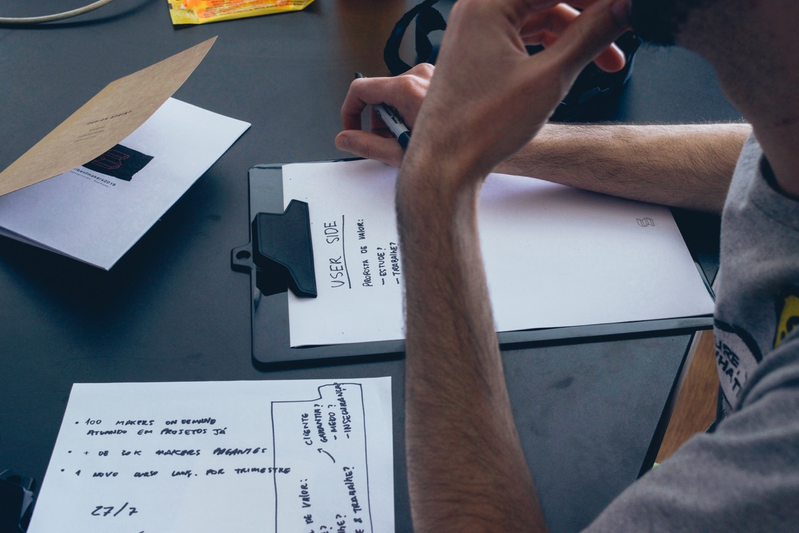
5 WAYS NOTES CAN HELP YOU BECOME A GENIUS
1. OBTAIN A GREATER UNDERSTANDING
We’ve all been there, sat in a long arduous lecture in college, or a particularly long meeting at work, and we walk out none of the wiser as to what has been said. That is because complex information takes time to digest and understand. Sometimes you need to really think about what has been said and rewrite the content it in a way that you are able to absorb. Using your own tone of voice along with diagrams or pictures, complex information can become more manageable to digest. Note taking also allows you to take an abstract view, compartmentalising information that you understand and information you need further clarity on. These notes will increase your smartness by helping you to ask the right questions at a later stage further aiding your journey if you want to become a genius.
2. TO HELP REMEMBER
It sounds so simple, but how many times have you had a really engaging conversation with someone, watched a really interesting documentary or sat in a lecture, only to forget the details of what you learned just minutes later? In fact, it’s been proven that just 30 minutes after a college class, students have already forgotten approximately 50% of information they were subjected to (Begin, C. 1992). Throughout a year that could be the difference between an A grade or a D. It doesn’t mean that you don’t have a smart brain, in fact, a lot of learning can be seen as a mere memory game. Of course, comprehension is important, but tests and exams can largely be seen as a test of your ability to recite information at a later date. Therefore, a huge part of the process if you want to become a genius is taking notes that aid recall. It helps increase intelligence and also makes you to think about your learning, if you have to write down what you are hearing or reading, your brain is forced to concentrate on the information. This helps memory as you are using more brain power to absorb information instead of just passively listening. Don’t take my word for it, here’s what Dr Jill Berry, a leadership consultant and TEDx speaker has to say on the subject:
3. HELPS YOU TO FOCUS
Getting the attention of anyone in the twenty first century is incredibly difficult. In the digital age there are so many different things fighting for our attention. Be it social media, e-mails or WhatsApp messages. Throw into the mix constant advertising and our personal and professional lives, and before you know it you’ve got a brain firing off synapses everywhere. In order to take a share of that brain power, you need to do something different, simply watching a documentary or reading a report isn’t going to cut it. The very act of taking notes forces your mind to become more aware of what you are doing, helps you focus on the job in hand and raises your level of smartness. Also, by writing notes you are able to rewrite information succinctly and force your brain to focus on specific points of learning.
4. BOOST CREATIVITY
Let’s be totally honest, learning can sometimes be dull. Lectures, and board room meetings aren’t exactly the most exciting environments to be in and can, in themselves contribute to a loss of interest in the information you are being subjected to. Anything you can do to make learning fun will help you to enjoy learning and better absorb the information that you are taking in. This is particularly useful for those with fluid intelligence who like to solve puzzles or think abstractly. It is proven that creativity helps critical thinking, planning and focussing of attention. School teachers use creativity in many forms to help different parts of their student’s brains to jump into action. In fact, Bill Gates, a man with a very smart brain, once said “Creativity allows people to be affective”. Taking notes helps influence your cognitive processes in a way that slows you down and makes you think about what you are writing. The creative act of taking notes, using different colours and drawing diagrams is strongly linked to emotional processing, thus helping information stand out in the brain. Don’t forget Florence Nightingale, a genius of medicine, was known for her detailed note taking and creating the pie chart to help assimilate information.
5. HELPS YOU TO PRIORITISE
In any field, it is important to sypher through information to select only the most important to your specific topic. There is a LOT of useless or unnecessary content out there, and by taking notes you are effectively removing the trash. Say for instance you want to become a genius of computing and take a lecture on the subject. Anything irrelevant such as how the lecturer is feeling or a talk on an irrelevant topic can all be filtered out, enabling you to focus on the job in hand. Also, it would be practically impossible to write down EVERYTHING that is being said in a meeting or lecture, so by taking notes on only the most relevant material, you are prioritising much needed time in your journey to being a genius.
HOW TO TAKE NOTES

So, now we know how important note taking is. Brilliant! However, as with all things in life, there are different ways of doing it. If you want to become a genius and increase intelligence, you will want to pick a way that suits you and your particular learning style and individual smartness. Carl Pullein, a time management professional has a similar point of view here:
Each method has its own advantages and disadvantages, and you can use one or a mixture of styles depending on your individual situation or whether you have crystallized or fluid intelligence. So, if you are really ready to start your journey and become a genius, here are five of the most popular ways to take notes.
OUTLINE METHOD
Used by academics, professionals and people with a smart brain all over the world. The outline method is one the most popular ways to make notes on a particular subject. It is usually seen as one of the most simple and efficient ways of getting the most vital information down on paper or on screen as well as being a really easy method to learn. To use the outline method, you would select around five of the most important points that have been covered in your educational video, meeting or lesson and write them down. Then, under those points write a more in-depth list of sub-points based on what has been discussed. The idea is not to go into too much detail but to provide yourself with enough of an overview of the information received in order to allow yourself to pay attention. You will find that because your notes are organised, you’re able to understand the links between topics and subtopics better and you can convert the points into questions to test your knowledge at a later stage. Advantages of the outline method include:
- It allows your notes to be written down in a structured way allowing you to see clear links between points and how they fit together.
- Since it is meant to be a succinct and brief note taking method, your focus remains on the meeting or video in hand enabling you to keep up with other topics and points rather than spending all your time writing notes about one.
- Since this method doesn’t go into great detail, it does not require fast note taking skills in order to keep up. This ensures only the most important information is noted and nothing is lost.
- This method also enables you to spend less time editing the notes later on. It is in itself a way of editing the information you are absorbing in a clear and user-friendly way from the offset.
CORNELL METHOD
The Cornell method was originally invented by a man that knew a thing or two about smartness; Professor Walter Pauk from Cornell University. It is a simple, and flexible way to capture notes and is perfect as a study tool at college or university. The method comprises four boxes: a header, two columns (one wide and one narrow) and a footer. In the header you would write any identifying information such as a meeting name, or video subject. Then in the narrow column you would write down keywords and clarifications alongside more detailed notes in the wider column. The footer would then be used to write a summary of what you have learned in your own words helping you to make sense of the information in a voice that you understand. This is particularly useful as summarising what you have learned in your own words helps with your recall, forcing you to really think and focus on the subject. Other benefits of the Cornell method include:
- It helps with organisation. If you’re the sort of person who writes notes and then finds it difficult to understand them because they are incomprehensible, this is the method for you. The Cornell table forces you to organise your notes in a logical and easy to read way. This is perfect in helping you find key points from different meetings or key points discussed in lectures.
- It helps you increase intelligence by condensing ideas, which is great for people who need information delivered in a simple and succinct way. It forces you to reflect on your own notes helping you to better understand and saves you spending hours frantically scribbling endless amounts of useless notes down. With this method you are actively listening and employing higher level cognitive skills.
- If you’re not that great at remembering things in the short term, the Cornell method transfers information from short term memory to long term memory enabling key concepts to be reinforced and retained.
Of course, the Cornell method does come with some disadvantages. Firstly, it requires more time and thought in meetings or lessons in order to organize data. It also won’t be effective in lessons or meetings that are being delivered at a fast pace as you would struggle to keep up.
THE CONCEPT MAP METHOD
Creatives rejoice! You don’t need a smart brain to see that the concept map method is certainly the most visual and is particularly successful at capturing relationships between specific ideas. The concept map helps to increase intelligence by helping the user understand, sometimes very complex information at a mere glance. Perfect for those with fluid intelligence who like to take in new information on an abstract level. It also gives you the ability to move from one idea to the next seamlessly. To create a concept map you would start off by selecting an overriding idea from the information you have been given. Ask yourself, ‘What is the purpose of this meeting?’ or ‘What is the main point of this lecture?’ Write this in a circle in the middle of the page and create branches from it. From these branches, write more detailed information relating to the overall subject, adding further sub-branches to show further detail as needed. Any branches that closely relate to each other can be linked using arrows or other symbols. At the end of the page, you should then summarise your notes in a couple of paragraphs using your own words so that you can refer back at a later date.
Benefits of the concept map method include:
- Enabling meaningful learning. This is not just a process of mindlessly jotting down everything you’ve just heard. This enables you to understand and connect new knowledge to pre-existing smartness. It also allows you to identify areas in which you need to carry out further study to help comprehension.
Here is what writing expert David Perell says about linking notes together:
- It helps with memory and retention. Diagrams are known to be more easily stored in memory due to the fact that they are more engaging than written form notes. They stand out from the page and force our minds to take note.
- It enables you to create a snapshot of your learning. By studying it and redrawing it in the future, you can identify what you have remembered and how different ideas and points link with each other. In essence, it helps you to become more realistic in your diagnosis of what you know.
This said, the fact that the concept map is easy to over complicate if long sets of sentences are used is a clear disadvantage. Concise wording is essential, otherwise the page can look messy and information can be lost. It can also be extremely time consuming to build, so if time is short, another method may be better.
THE CHARTING METHOD
Particularly useful if you have statistical data or numbers to work with, the Charting Method can help you become a quizzing genius or an expert in math. First, draw columns on your page with specific headers depending on the information you are given. For example, if you are studying a report on a historical event, you may write ‘date’, ‘event’, ‘people’ and ‘outcome’ as your headers. The number of columns you need will depend on the amount of facts and type of information being presented. Then, during the video or class, fill in the information that you learn as you go along into the appropriate column. Once complete, you can again write a summary in your own words what you have learned as a quick reference point in the future. This particular method is useful because it:
- Minimizes the amount of writing that you have to do since you will only write the most relevant information.
- Displays facts and figures in a highly organised way, enabling easy review.
It’s important to note however that this process takes a lot more time and thought than some of the other options. With this in mind, it would be unsuitable if the situation was fast paced, such as a e-learning video that you are unable to pause and rewind.
THE SENTENCE METHOD
Last but not least is the simplest method of note taking, the sentence method. Put simply, this is the act of writing each point learned in a sentence. This is particularly useful for lessons of fast pace where a lot of information is being covered and you need a way to capture the main points in an efficient and user-friendly way. You would write each sentence on a new line, with no attempt to organize the information whatsoever. Everything the meeting host or lecture covers is written down, point by point and each new line is started with a new idea. You will then number each line to help with recall and review your notes after the session. In order to help with comprehension, it is advised to reword and edit your notes afterwards as well as writing a brief summary of everything covered. This is a particularly useful in helping smartness because:
- By jotting only the main points you are able to determine what information is important, allowing you discard anything that is not.
- You don’t go into a lot of detail, therefore you are able to cover a lot of information very quickly.
- Notes taken are simplified for study and reviewing sessions.
The biggest disadvantage is the fact that the legibility of the notes can significantly decrease with the number of sentences written which is why re-writing the sentences and editing them afterwards is essential.
AND FINALLY …
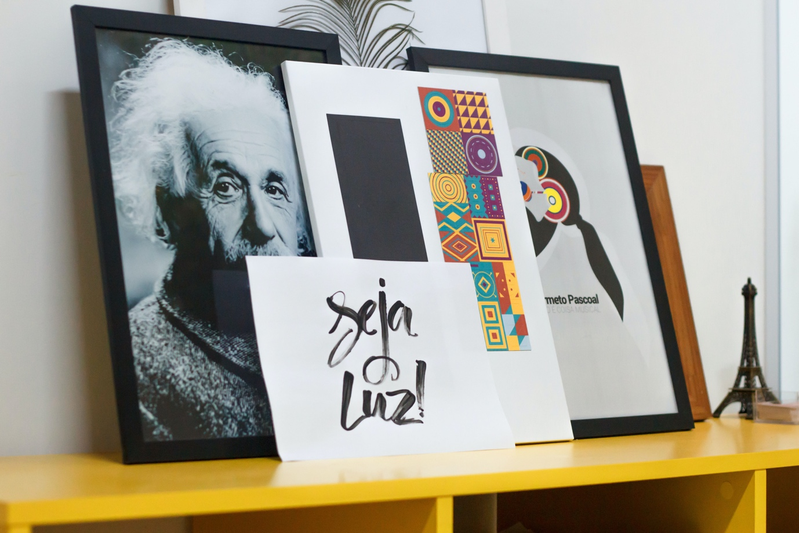
The meaning of the word genius is subjective and can mean different things to different people. Some believe it belongs to those who were born with a smart brain, others believe it is a word to describe those who have changed the world. That said, one universally acknowledged observation is that in order to become a genius, you need to know stuff and there is no denying that taking notes can help you remember that information, regardless of your level of smartness. Knowledge is power and whether you’re in the classroom, the boardroom or on a conference call, taking notes can help memory, comprehension and increase intelligence. It’s all very well being educated, but if you don’t remember what you’ve been taught, that education is pointless. As Albert Einstein once said, “education is what remains after one has forgotten what has learned in school”. Don’t be the one that forgets, instead, become a genius and take some notes!
